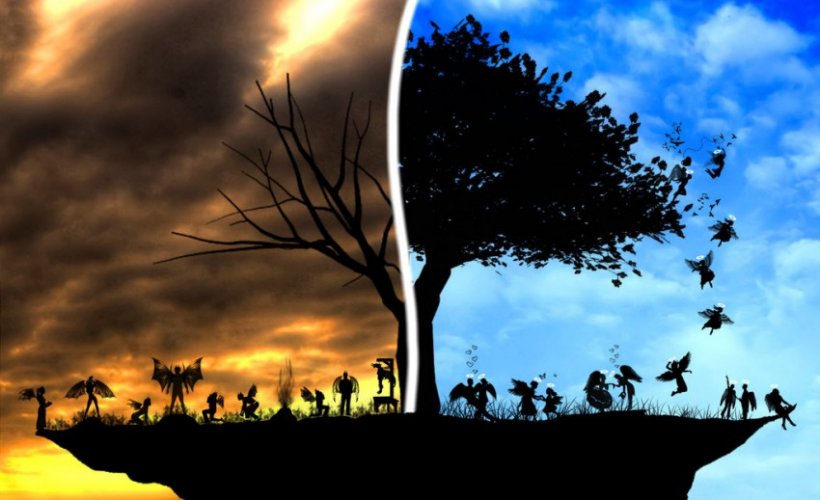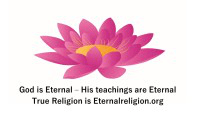
The main differences between the Vedic culture and non-Vedic cultures.
Sarva Bhavantu Sukhina (May all be happy)
Sarva Santu Niramaya (May all be without disease)
Sarva Bhadrani Pashyantu (May all be safe)
Maa Kaschit Dukha Bhagh Bhavet (May none have misery of any sort)
The ‘all’ means all living beings and not just the humans. This is a Vedic prayer which is unique to Sanatan-Dharma (the Eternal Religion).
Vedic culture means no killing, no slavery, no hatred, no aggressors, no wickedness, no exploitation, universal brotherhood, freedom of speech/thought, and full knowledge of God.
Non-Vedic culture means killing, slavery, hatred, aggressors, wickedness, exploitation, no universal brotherhood, no freedom of speech/thought, and unknown/invisible God (godlessness).
It is very important to learn yourself and then teach the philosophy of the Eternal Religion (Sanatan-Dharma) to your children and others. By not teaching the Vedic values to others, humans become degraded into following non-Vedic cultures. Thus become killers, slavers, haters, aggressive, wicked, exploiters, narrow minded, and godless.
It is the duty of parents to give spiritual knowledge to their children from early childhood so they can be slowly elevated to a higher consciousness and eventually to Krishna (God) consciousness. The only proven, seen, and known God. So they don’t come back to this miserable material creation and go back to the spiritual creation called Vaikuntha where everyone lives in the same body that is completely beautiful, full of bliss/love, full of knowledge, eternal, and with no trace of misery/suffering.
